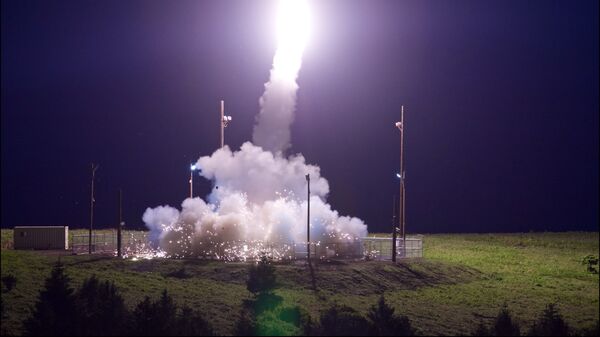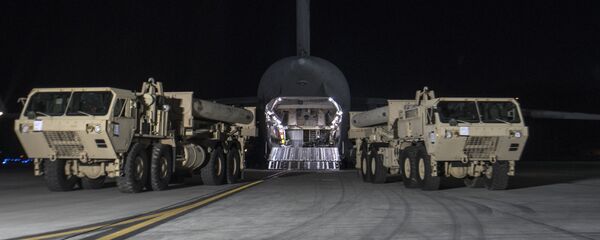The interceptor is part of the US' Terminal High Altitude Area Defense (THAAD) missile interception system. President Moon delayed the deployment of the THAAD shortly after assuming office in May, citing environmental concerns. When he did so, two of six planned THAAD platforms had already been rolled out.
Moon has also called for an emergency meeting of the UN Security Council after North Korea test-fired what was seemingly a medium-range intercontinental ballistic missile on Friday. President Moon has called for new and stronger sanctions against Pyongyang.
The US has agreed to pay for the installation and maintenance of the THAAD, which is meant to protect South Korea from a DPRK missile strike. It is made to intercept short and medium-range missiles, including ballistics.
President Moon's official reason for delaying the THAAD deployment (which was already signed into law) was to perform an environmental impact analysis — but the administration of disgraced president Park Geun-Hye had already performed such an analysis in December 2016. This led to speculation that Moon was instead stalling the deployment to improve his country's relationship with the North, as well as China and Russia who all protested the THAAD.



